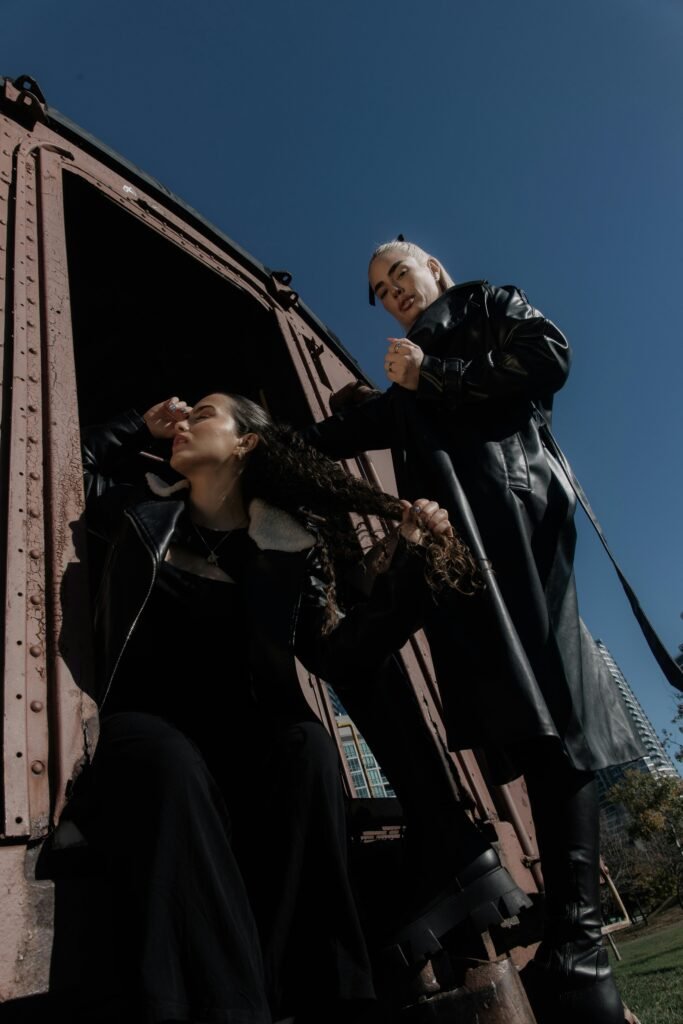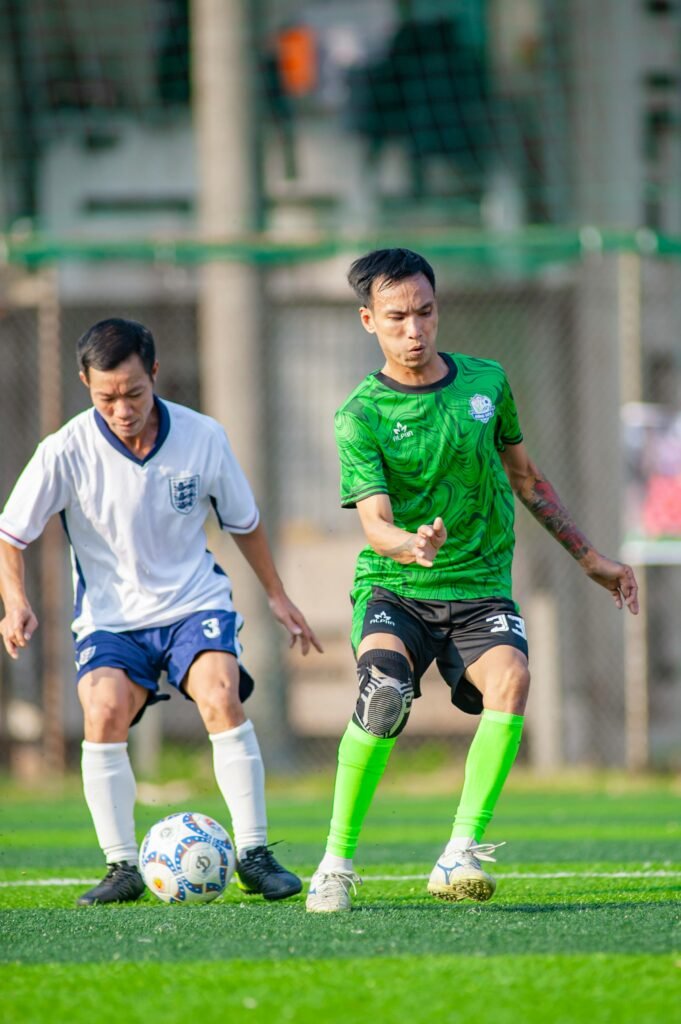What do you think of when you hear the phrase “training a dog”? I imagine a small furry chaos agent with a love for chewing shoes being turned into a model citizen of the canine world. If you’re like me, perhaps your mind drifts to elaborate scenarios involving obedience schools with stern instructors, clickers, and endless bags of dog treats. Dog training can sound intimidating, but it doesn’t have to be. In fact, it can be a rewarding journey for both you and your pooch.
I find myself constantly trying to bridge the communication gap between two species. You’ve got to admit, the idea of convincing a creature who finds sniffing butts a social norm to sit and stay is its own kind of marvel. But it’s entirely possible, and dare I say, it can even be fun once you get the hang of it. In this article, I’m going to share my not-so-secret secrets on training a dog, sprinkled with personal anecdotes and a touch of humor. Because if we’re going to train dogs, why shouldn’t we enjoy it?
Understanding Your Dog
Before I dive into the nitty-gritty of training, I’ve realized that the first step is understanding your dog. Every dog has a unique personality, a mix of inherited traits, and individual quirks. Some are naturally obedient, while others have a streak of rebellion that would rival a teenager.
The Building Blocks of a Canine Mind
Dogs are social animals, and like humans, they have their own way of perceiving the world. It’s similar to meeting a new friend—you don’t just jump into the deep conversations. You start with the basics, like understanding what makes them tick. Dogs communicate through body language, facial expressions, and sometimes sounds that are hilariously off-tune from what we’re used to. Pay attention to these cues—they’re like the dog’s way of giving you instructions on how to be their best friend.
Temperament and Breed Considerations
Not all dogs are created equal in terms of behavior. Each breed has traits that are deeply ingrained, thanks to generations of selective breeding. A Beagle might follow its nose to the ends of the earth and back, while a Border Collie would sooner herd a group of children playing soccer than sit quietly at a picnic. Understanding the general behavior tendencies of your dog’s breed can offer insightful clues into what kind of training techniques might work best.
Setting Goals
Just like any worthwhile endeavor, dog training needs goals. I’m not talking about lofty ambitions like having your dog prepare your morning coffee, although wouldn’t that be something? Start with simple, clear goals that focus on behaviors you want your dog to learn or unlearn.
Short-term vs. Long-term Goals
In my experience, it helps to break these down into short-term and long-term goals. Short-term goals are the building blocks—like teaching them to respond to their name or to sit on command. Long-term goals might involve more complex tasks like advanced obedience or agility training.
| Type of Goal | Examples |
|---|---|
| Short-term | Responding to commands such as “sit” |
| Short-term | Walking calmly on a leash |
| Long-term | Automatic off-leash recall |
| Long-term | Simple agility courses |
Setting clear and achievable goals can guide your training sessions and keep both you and your dog motivated.

This image is property of images.pexels.com.
Positive Reinforcement Basics
When I first started training my dog, I was overwhelmed with the sheer number of training methods touted as “the one and only.” However, positive reinforcement seems to work wonders across the board.
Treats, Praise, and Affection
In the language of dogs, positive reinforcement translates to treats, praise, and affection. It’s about rewarding your dog for doing the right thing, creating a positive association with the behavior you want to encourage. Picture it like getting a small cheer each time you put your dirty coffee mug in the dishwasher; eventually, it becomes second nature.
Timing is Everything
Timing is crucial when using positive reinforcement. It’s essential to deliver rewards immediately after the desired behavior so the dog knows exactly what action is being rewarded. Imagine waiting until evening to congratulate someone for a brilliant morning presentation— the significance gets a bit lost, doesn’t it?
Essential Commands
Training basic commands is akin to learning the alphabets of dog communication. They’re the foundation upon which advanced training is built.
Sit
Teaching a dog to sit is usually the starting point in training. Standing calmly and holding a treat in front of their nose, then moving it upward and over their head, naturally encourages them to sit. This is your dog’s “a-ha” moment. It’s both practical and useful, from calming them down to photographs where you can capture their obedient cuteness.
Stay
Stay helps in building your dog’s impulse control. It’s like teaching patience to a toddler— challenging but worthwhile. Begin with short durations and distances, gradually working toward more significant challenges. Reward generously!
Come
A strong recall is arguably one of the most critical commands. It can keep your dog safe in tricky situations. Try it with a happy and inviting tone, making the return to you the best thing since sliced bread.

This image is property of images.pexels.com.
Overcoming Common Training Hurdles
Training, much like every movie training montage, involves its fair share of setbacks. Sometimes, it feels like my dog has selective hearing; other times, he seems to communicate better with squirrels than with me.
Consistency is Key
It’s paramount to remain consistent with commands and rewards. Mixed signals bewilder dogs, much like when someone unexpectantly changes the rules of Scrabble halfway through the game.
Patience and Persistence
Patience is a virtue, especially when you’re on the verge of tearing your hair out because your dog mistook the cue “stay” for “play.” It takes time and patience to unlearn behaviors or to ingrain new habits.
Distractions and Environments
Your living room might be the ideal space for training, but the world is full of distractions. Reinforcing the commands in varied environments ensures that your dog understands the command universally, and not just in the comfort of your home.
Expanding Training
Once your dog has the basics down, it’s time to venture into some more fun and engaging training exercises. I call it the “advanced canine elective courses.”
Agility Training
Agility training can be a thrilling experience for both dog and owner. Not only does it offer physical exercise, but it mentally stimulates your dog too. It involves obstacle courses with jumps, tunnels, and weave poles, which is like combining a workout and a puzzle for dogs.
Trick Training
Trick training is not only entertaining but also strengthens the bond between you and your dog. Teaching tricks like rolling over, playing dead, or even walking on hind legs infuses enthusiasm and energy into routine training sessions.

This image is property of images.pexels.com.
Socialization and Behavioral Enrichment
A critical component often overlooked is socialization training. Dogs are naturally social creatures and exposing them to a variety of people, environments, and other animals during their formative weeks ensures they grow into well-adjusted companions.
Puppy Socialization
In their early days, puppies are like sponges, and exposing them to different sights, sounds, and experiences during this time increases their adaptability. It’s like taking a child to see the world rather than keeping them cooped up.
Behavioral Enrichment
Beyond cuddles and commands, dogs require ongoing mental stimulation. Puzzle toys, games, and even creating new experiences contribute significantly to a dog’s mental wellbeing, preventing boredom-related behavioral issues.
Leash Training
Ah, leash training—the pursuit of the perfect walk. It took me a long time to master walking without looking like I was waterskiing behind my dog. Yet, it’s an essential skill, fostering safety and fun during walks.
Establishing Loose Leash Walking
Loose leash walking can eliminate the drag-race component from your walks. Using the “stop-and-go” method or turning abruptly when the dog pulls can teach them that pulling leads nowhere fast.
Solving Pulling Problems
If your dog insists on being the sled dog of an imaginary Iditarod, consider using tools like head collars or front-clip harnesses. They provide better control without causing discomfort.
Training Different Age Groups
Dogs, much like humans, have different learning needs at different ages. Tailoring the training to age can enhance effectiveness.
Training Puppies
Puppies are incredibly receptive, bursting with curiosity yet easily overwhelmed. Training should be short, fun, and light-hearted like a recess game rather than an intense study session.
Training Adult Dogs
Adult dogs can sometimes bring established behaviors to the table, which might require additional patience. Remember, it’s never too late to teach an old dog new tricks or even make them enjoy a trick or two.
Senior Dog Considerations
Senior dogs, while possibly slowing down, still benefit from mental exercise. Training should take their physical capabilities into account, focusing more on brain-engaging than strenuous activities.
Common Myths About Dog Training
During my training adventures, I’ve stumbled across some myths that deserve debunking. The aim here is to set the record straight, not perpetuate fiction.
Myth: You Can’t Teach an Old Dog New Tricks
While catchy, it’s simply not true. With the right methods and motivation (aka delicious treats), dogs of any age can learn new behaviors or habits. It’s about adapting the training to their pace and physical capability.
Myth: Some Breeds Are Untrainable
Every breed has the potential to be trained. While some might require more patience, persistence, or creativity, branding an entire breed as untrainable is unjust. It’s a matter of finding what motivates your specific dog.
Embracing the Journey
Ultimately, dog training is an ongoing journey. It’s not just a task to be checked off a list; it’s a lifelong endeavor that evolves with you and your dog. I find comfort in knowing that each wagging tail, each query-filled tilt of the head means we’re moving forward, together. As I continue on my dog training adventures, I remind myself that there will be missteps, but there will also be moments of triumph—like the first sit, the first stay, and the first off-leash run.
So when it comes time to train your furry companion, remember to cherish each moment. Laugh at the mistakes, celebrate the small victories, and offer oodles of love. Because that, my friend, makes the journey worthwhile.





